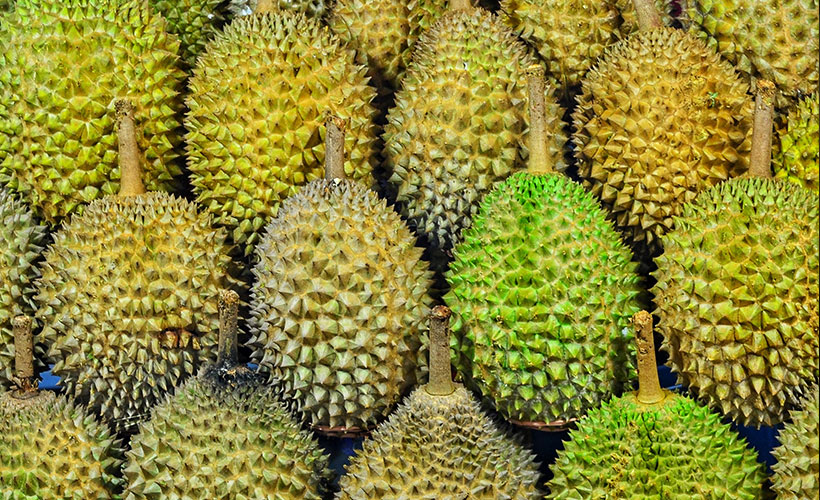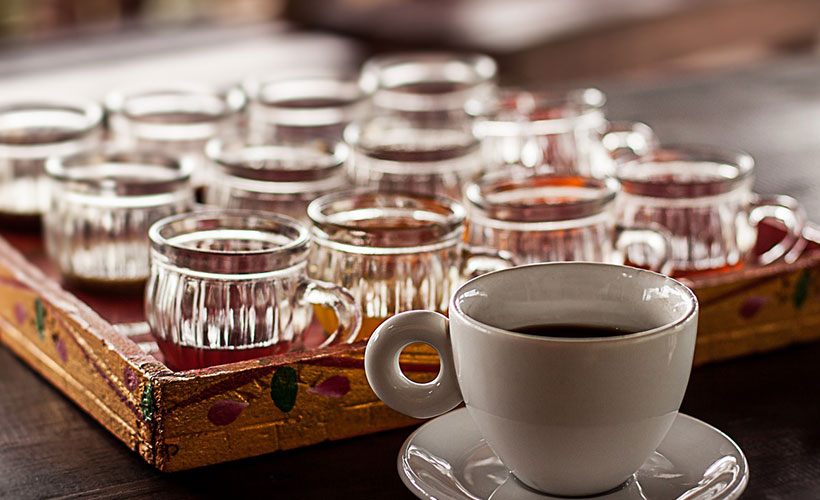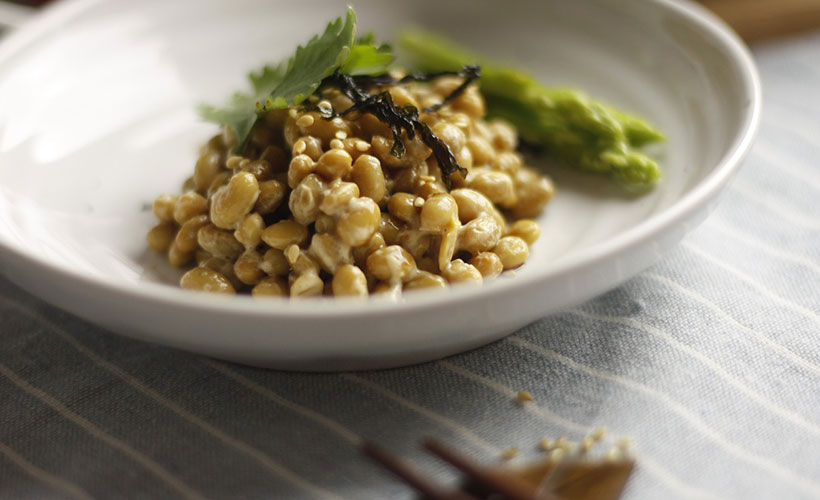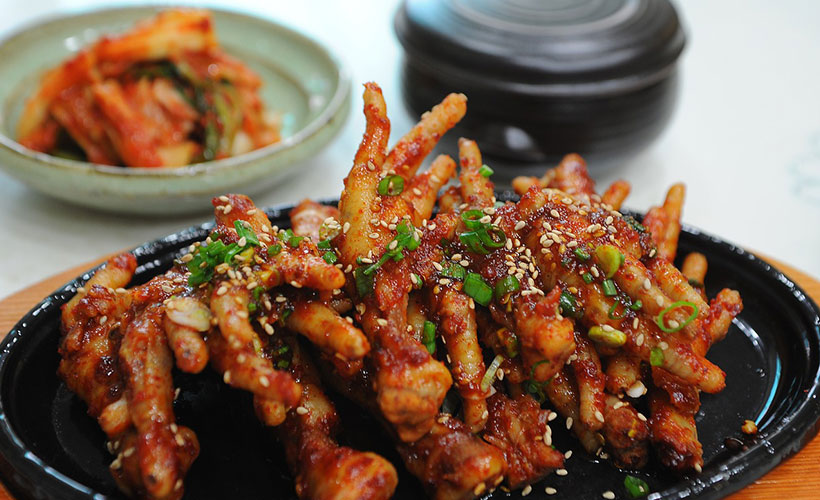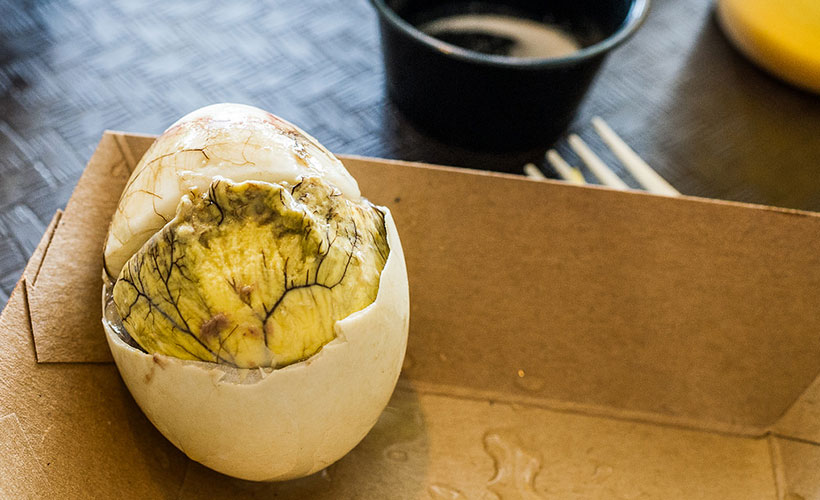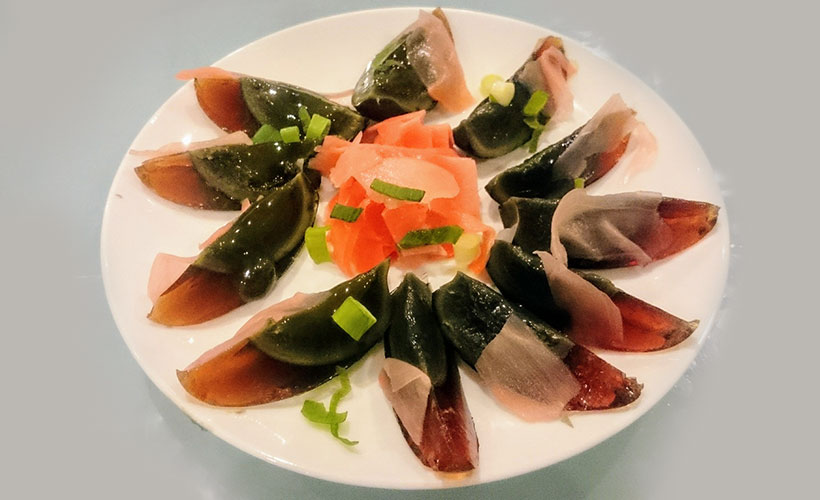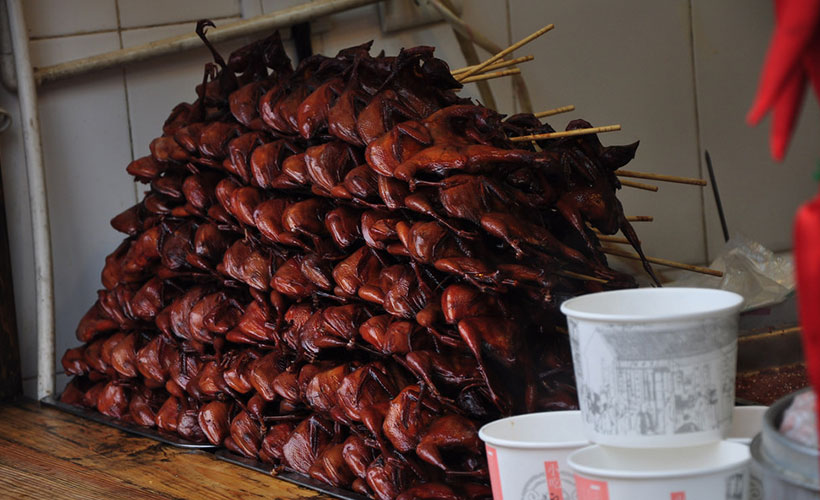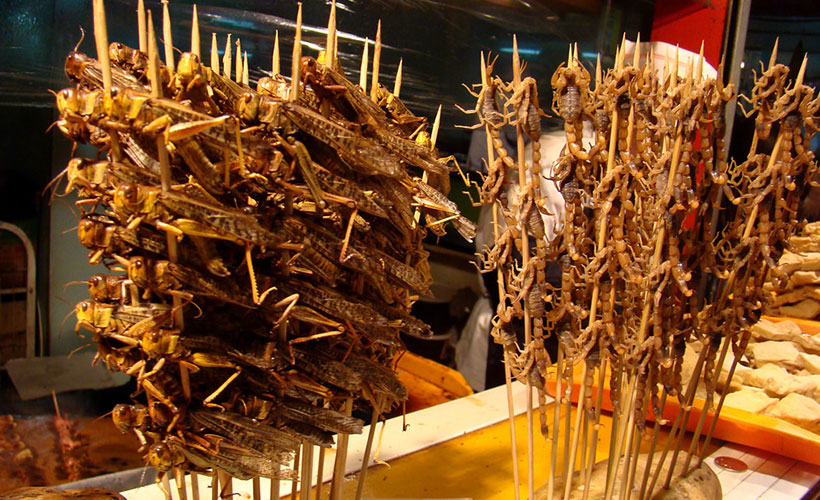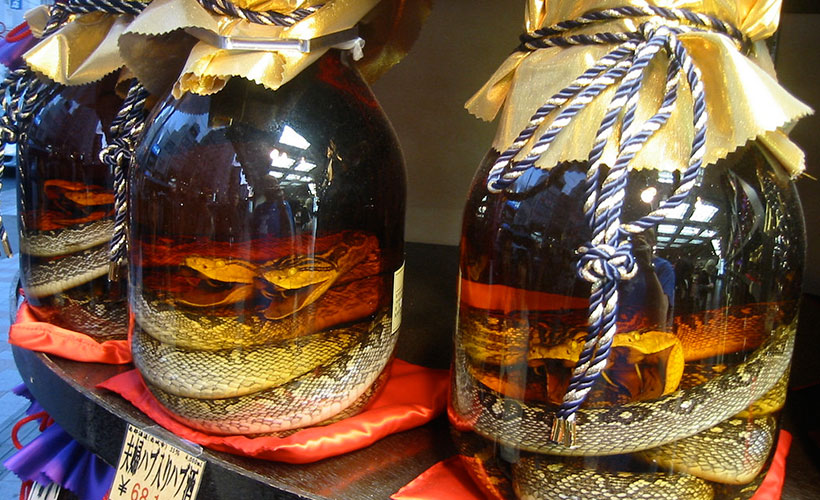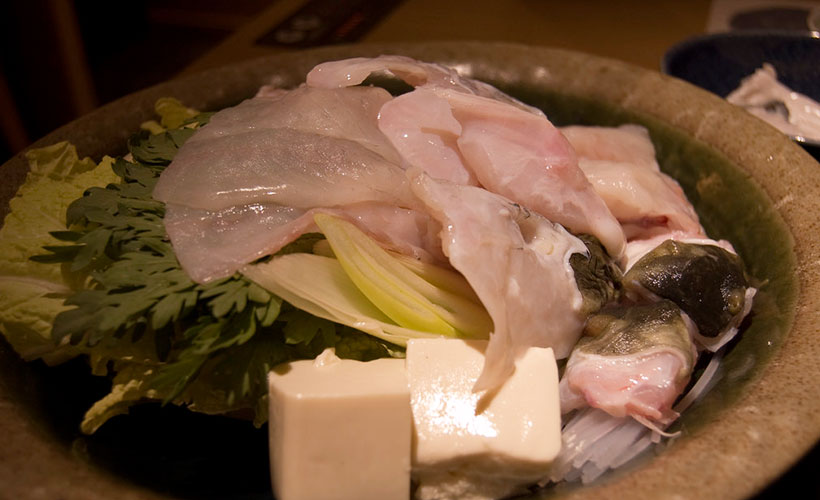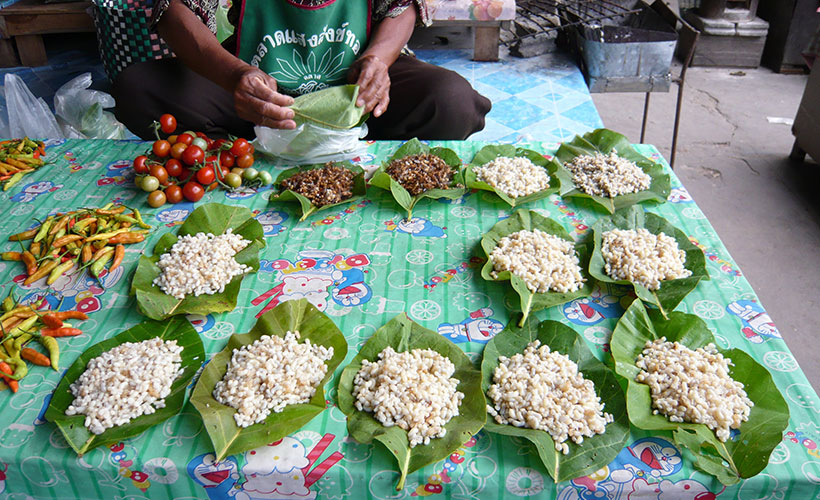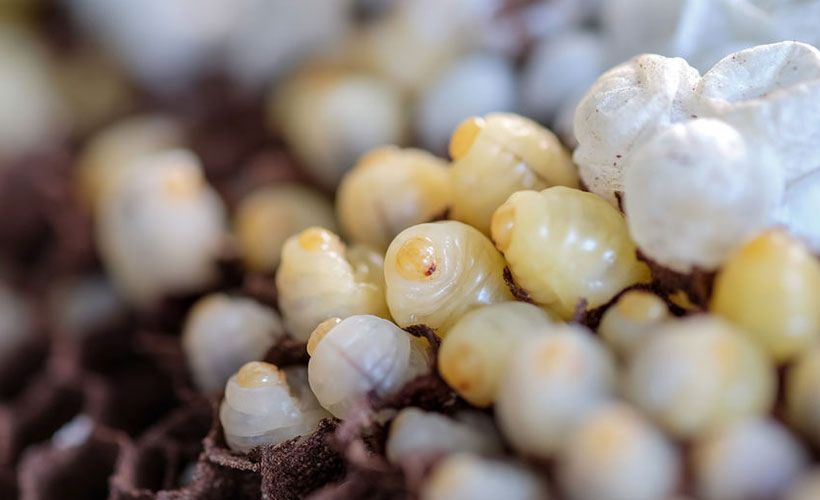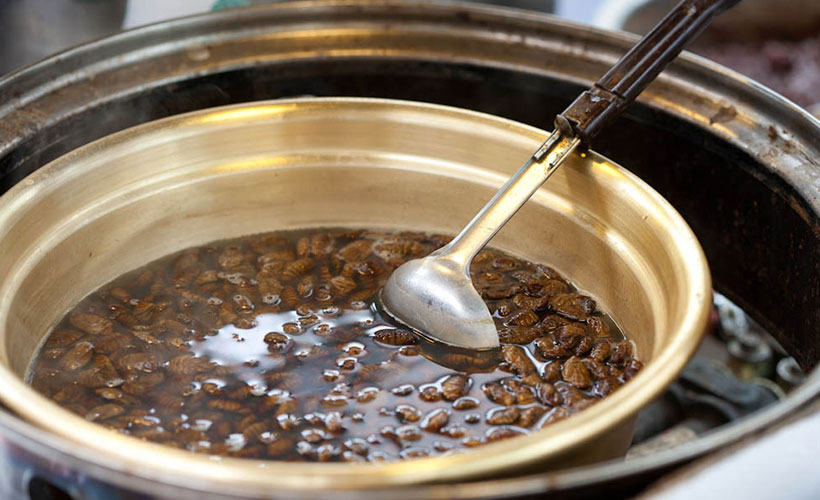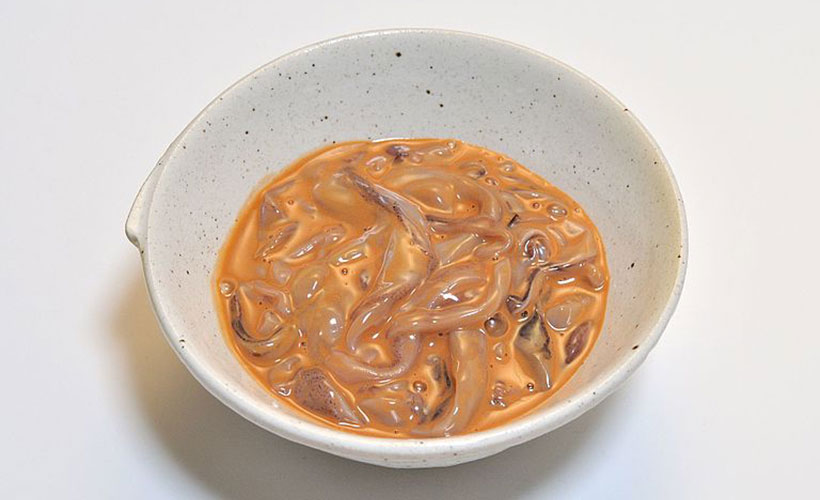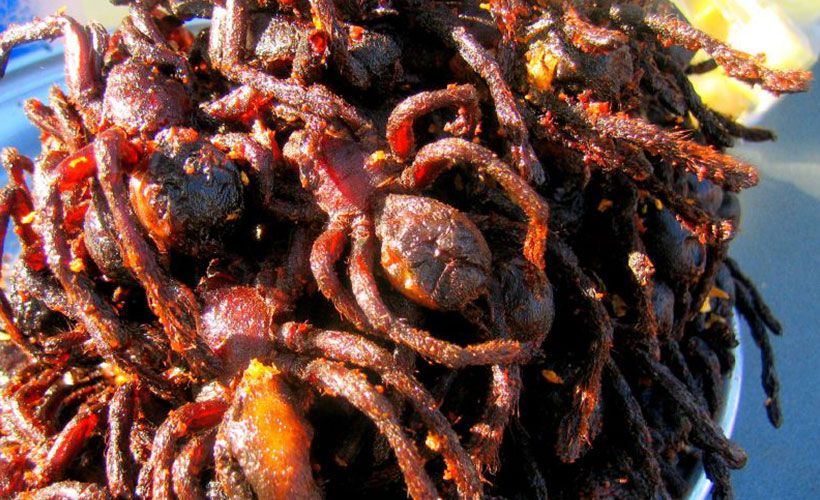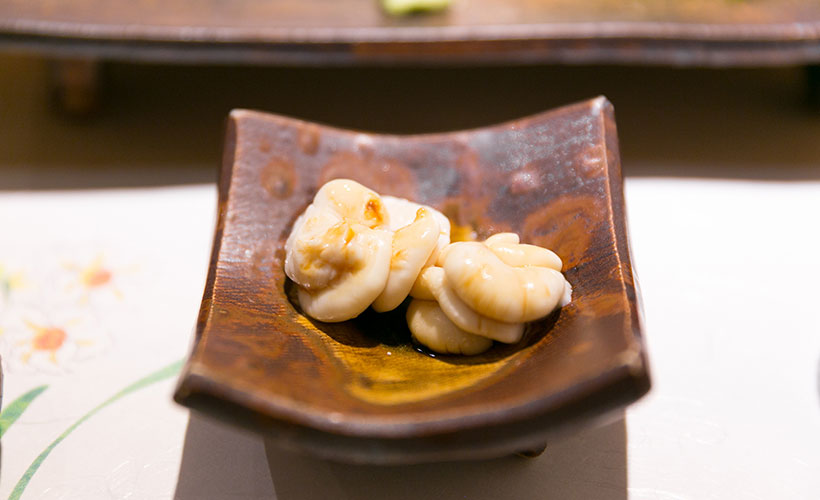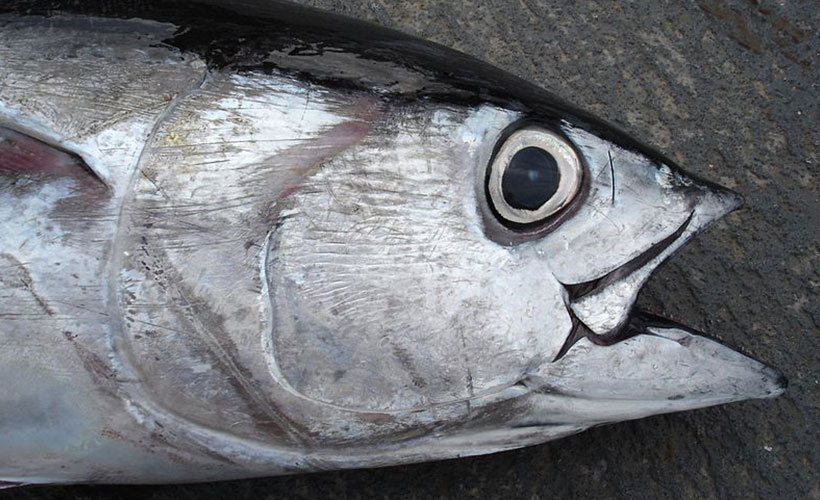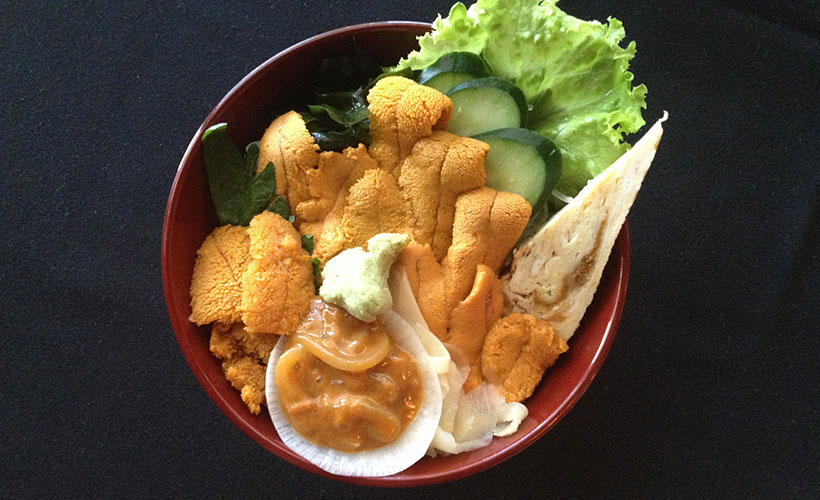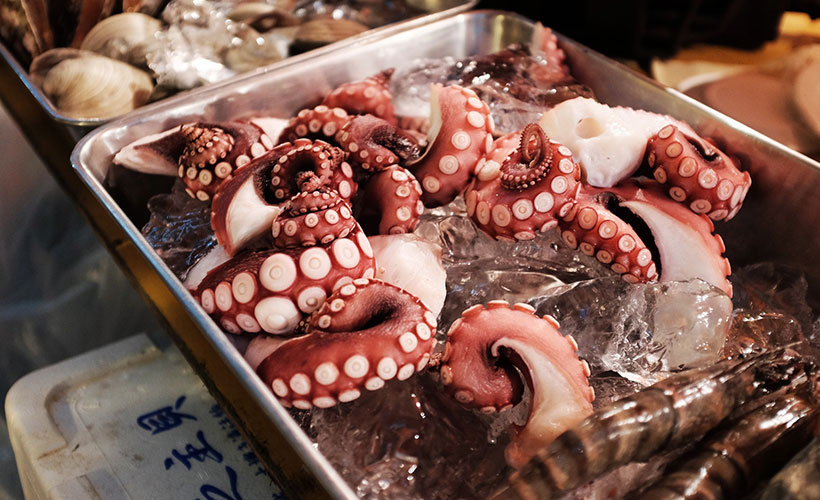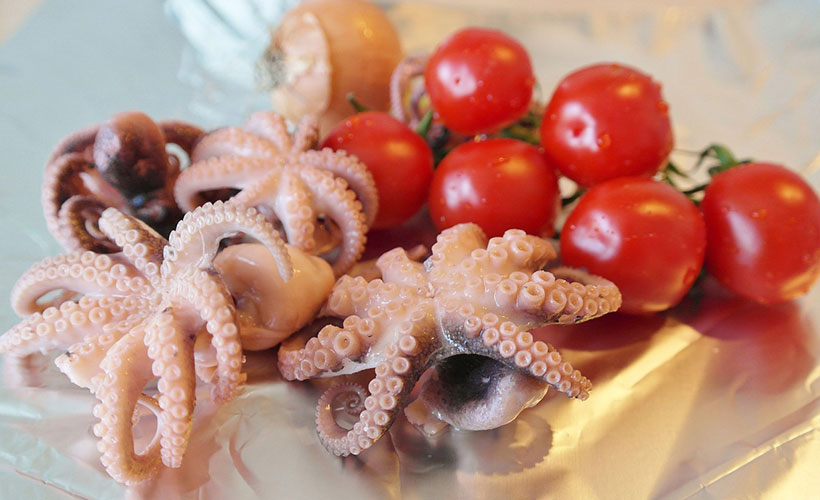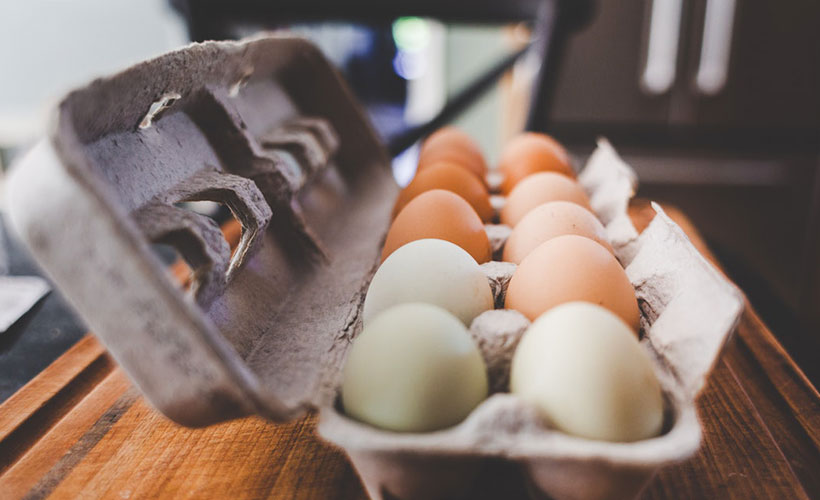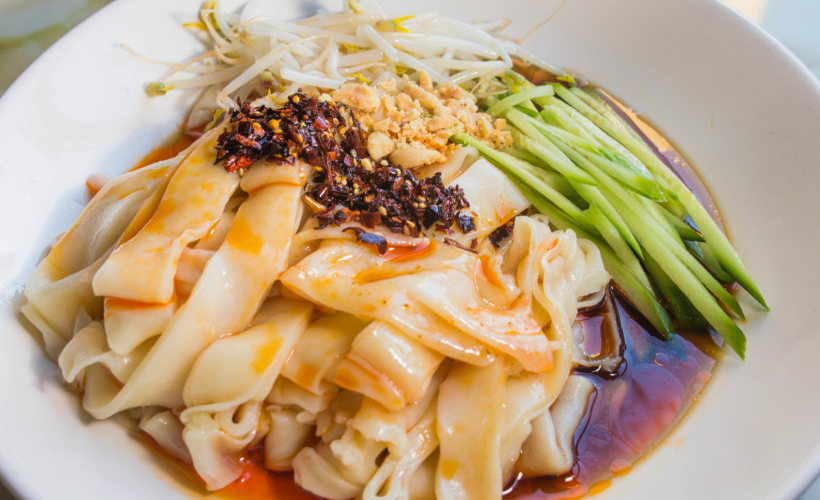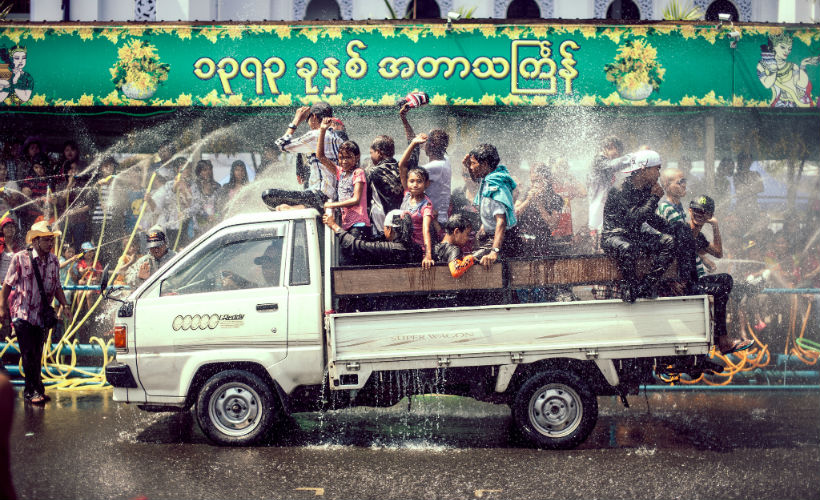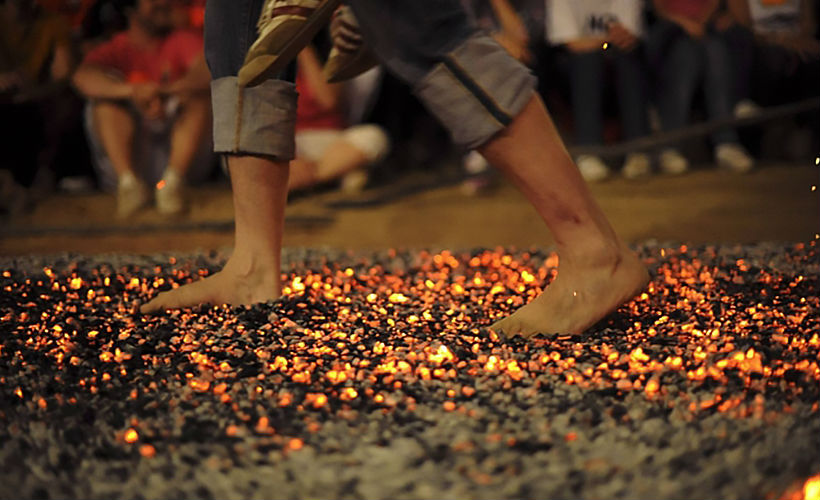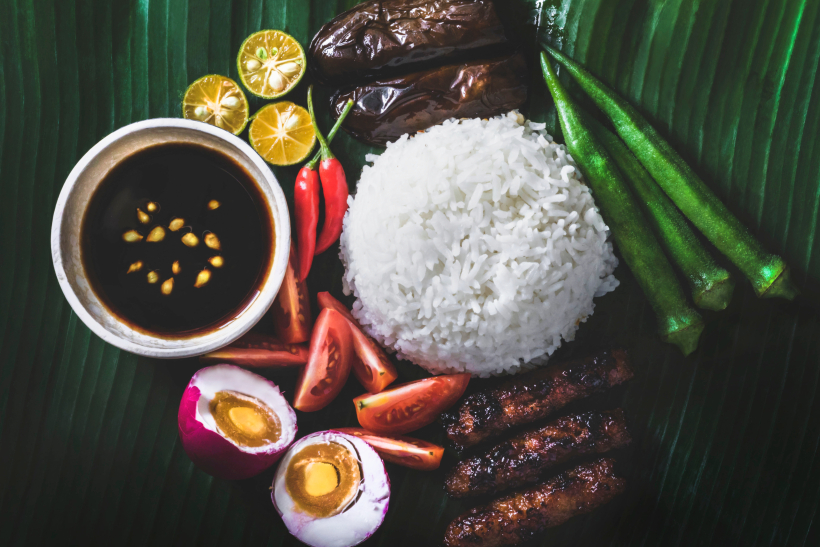
We travel to experience other cultures and people, and to see things we wouldn’t normally see in our home country. While we travel, experience, and explore, few things bring people together like a shared meal – or a story of that strange thing you once tried in Asia. Here’s a list of strange and unique things to try (or not) while you’re in Asia:
1. Durian
Throughout Southeast Asia, durian is often referred to as ‘The King of Fruits’. In terms of appearance, the fruit can best be described as an oversized lychee. However, this is where the similarities end. Durians are known for the pungent smell that they give off – often so strong that they’re banned from public transport in some places. Flavour-wise, its taste is a mix of sweet, savoury, and creamy. It combines the flavours of onion and garlic with caramel and cream. Definitely an interesting fruit to try in the region, especially in Malaysia.
2. Kopi luwak
Kopi luwak is an Indonesian coffee. Asian palm civets eat coffee beans and then excrete them. The beany excrement is then washed and processed for sale as coffee beans. Believe it or not, this coffee is the most expensive in the world, and quite a delight to try.
3. Bird’s nest soup
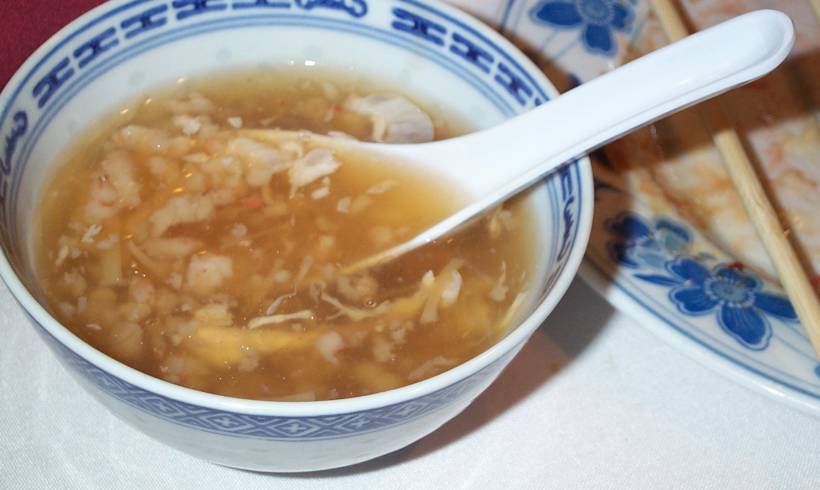 Just as its name suggests, bird’s nest soup is made from birds nests. The surprising part is that these nests are made of bird saliva and cooked as part of a soup, giving the soup a gummy texture. One nest can cost as much as USD100!
Just as its name suggests, bird’s nest soup is made from birds nests. The surprising part is that these nests are made of bird saliva and cooked as part of a soup, giving the soup a gummy texture. One nest can cost as much as USD100!
4. Nattō
Fermented soybeans is the main ingredient in this odorous dish. It’s usually a breakfast dish and consumed along with rice in Japan. It has a pungent smell, strong taste, and slimy texture.
5. Chicken feet
Considered a delicacy; especially in China. This part of the chicken holds a lot of fat and is therefore packed with flavour. It’s similar to eating a drumstick, where you eat the fatty and meaty bits off of the bone.
6. Balut
Balut, a Filipino delicacy, is a boiled fertilised duck egg. Everything gets devoured – the beak, feathers and all – directly out of the shell. It’s sold as street food in the Philippines and variations of it can be found in Laos, Cambodia, and Vietnam.
7. Century egg
Also known as ‘pidan’, century eggs is a Chinese delicacy. Chicken, quail, or duck eggs are preserved in a solution of salt, clay, ash, quicklime, and rice hulls for a period of time, lasting anything from a few weeks to a few months. The process turns the yolk to a dark green/grey colour, and the white becomes dark brown. The yolk becomes creamy with a smell of sulphur and ammonia, while the white turns into a clear jelly that’s slightly salty.
8. Deep-fried pigeon
This meal is served as a part of Chinese cuisine. The pigeon is often served whole, including the head, and sometimes, even with the internal organs still inside.
9. Chicken blood cubes
Known as ‘betamax’, this is a Filipino delicacy consisting of clotted chicken blood that’s skewered and grilled.
10. Skewered scorpions and grasshoppers
Mostly found as street food in China, but also available elsewhere in Southeast Asia, including Thailand and Cambodia. Scorpions and grasshoppers are skewered and fried, ready to enjoy. Sometimes, you’ll find other creepy-crawlies on the menu too.
11. Habu sake
Japanese winemakers in Okinawa immerse and drown snakes in jars of sake (Japanese rice wine). The snakes then release their venom into the wine, creating a drink that’s said to enhance the male libido.
12. Fugu or bok
Known as ‘fugu’ in Japan and ‘bok’ in Korea, this expensive delicacy made from puffer fish is potentially deadly if not prepared properly. The skin and some of its organs are highly poisonous, not just to eat, but even to touch.
13. White ant egg soup
This dish is popular throughout Southeast Asia. Ant eggs are often mixed with embryos and baby ants in soups, and the delicacy is likened to caviar. It pops in your mouth, bringing a sour taste to the dish.
14. Hachi no ko
Hachi no ko is cooked and seasoned honey bee larvae. Needless to say, it’s not your average Japanese fare! They’re crunchy and chewy, and happen to have a high nutritional value.
15. Beondegi
Beondegi is a Korean dish made up of boiled or steamed and seasoned silkworm pupae. This popular snack is sold by street vendors, restaurants, and bars. So think of it as the local beer food. You can also get them in cans in grocery stores to cook up at home.
16. Barbecued locusts
Also called ‘inago’ in Japan, locusts are sometimes cooked with sugar and soy sauce and sometimes barbecued. These insects are also delicacies throughout Asia.
17. Paniki
Paniki is a dish found in North Sulawesi, Indonesia. It’s made with fruit bats, cooking them in coconut milk, herbs, and spices. They are often cooked in a spicy mixture of herbs known as rica-rica.
18. Shiokara
This is a Japanese dish made from seafood offcuts. Seafood offcuts and a paste of fish intestines are mixed with salt and malted rice, and then left to ferment for up to a month. It has a very salty taste likened to cured anchovies but with a different texture. A type of bar food, it’s usually chased by whiskey.
19. Deep-fried tarantula
Cambodians started eating tarantulas during Khmer Rouge rule, when food was scarce. It has since become a signature dish of the country, especially in the town of Skuon. The spiders are around the size of a human’s palm, and tastes like a cross between chicken and cod.
20. Shirako
Shirako is male fish sperm. Often, cod is used, but it can be derived from a variety of fish. One can describe it as creamy, buttery, and custard-like. It’s usually eaten steamed, deep-fried, or pan-fried.
21. Tuna eye
In Japan, tuna eyes can be bought in markets and grocery stores. They’re usually surrounded by fat and muscles, making them taste like fatty squid once cooked.
22. Uni
In many parts of Asia, the gonads of sea urchins are eaten. In Japan, they’re served raw as sashimi, or in sushi with soy sauce and wasabi. Uni’s very creamy and can be quite expensive.
23. Squirming octopus tentacles
The nerves of these octopus tentacles are still firing, giving them the look of still being alive although they’re not. A Korean dish, it’s called ‘san-nakji’, and has actually raised the eyebrows of animal rights groups.
24. Rang muc
In Vietnam, especially in the city of Phan Thiet, the small ball of the beak and mouth parts of a squid or octopus is eaten steamed with ginger, fried in a batter, or skewered and grilled. This delicacy is usually sold at street stalls.
25. Tong zi dan
Also known as virgin boy eggs, this delicacy is from Dongyang, China. Eggs are soaked and boiled in the urine of young boys. The eggs are cracked and then boiled over low heat all day. If you’re wondering where the urine comes from, it’s usually collected from school toilets, or by boys urinating in collection buckets set out by the sellers of this snack.

